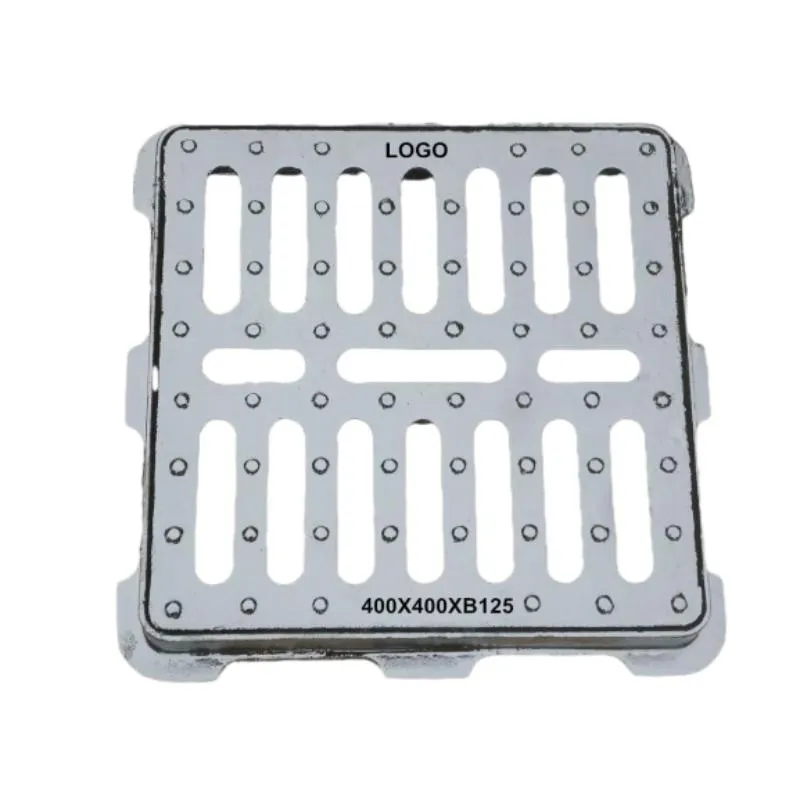telecom manhole cover
The Importance of Telecom Manhole Covers in Modern Infrastructure
Telecommunications have become the backbone of our connected world, playing an essential role in everything from everyday communication to critical business operations. At the heart of telecommunications infrastructure lie the often-overlooked components that ensure our networks function smoothly. One such component is the telecom manhole cover. These seemingly mundane items are critical to both the safety of the public and the operational integrity of our communications systems.
What is a Telecom Manhole Cover?
A telecom manhole cover is a protective lid that covers access points to underground telecommunications systems, including cables, junction boxes, and other equipment that facilitate network connectivity. These covers are typically made from durable materials such as cast iron, steel, or composite materials, designed to withstand heavy loads and resist environmental wear. They are strategically placed throughout urban areas, often blending seamlessly into the streetscape.
The Role of Manhole Covers in Infrastructure
Manhole covers play several vital roles in the infrastructure of telecommunications
1. Access for Maintenance Telecom manhole covers allow technicians to access underground networks for maintenance and upgrades without disrupting surface activities. This is crucial in a fast-paced digital world where connectivity is critical. Quick access helps minimize downtime, ensuring that users experience uninterrupted service.
2. Safety and Security These covers provide a crucial safety measure. They prevent accidental falls into open manholes and protect the sensitive equipment housed below from environmental factors such as moisture and debris. Furthermore, robust designs deter unauthorized access, safeguarding the equipment from vandalism or theft.
telecom manhole cover

3. Load Bearing Since manhole covers are flush with the roadway, they must be designed to bear the substantial weight of vehicles while maintaining integrity and functionality. The engineering behind these covers is sophisticated, as they must balance strength, weight, and material costs, all while meeting local safety standards.
4. Facilitating Expansion As cities grow and the demand for telecommunications increases, the infrastructure must adapt. Manhole covers enable easy expansion of the network by allowing for the insertion of new cables or equipment without major excavation, thereby minimizing disruption to the surrounding areas.
The Evolution of Manhole Covers
Historically, manhole covers were primarily functional, made without much consideration for aesthetics. However, as cities innovate and embrace urban design, the functionality of these covers has been enhanced to include visual appeal. Many cities are now investing in uniquely designed manhole covers that reflect local culture or history, turning them into public art pieces while serving their primary function.
Environmental Considerations
In recent years, there has been a shift towards more sustainable materials and designs for manhole covers. Manufacturers are exploring the use of recycled materials and technologies that reduce the environmental impact of production. Additionally, some are implementing designs that incorporate permeable surfaces, which can allow rainwater to drain directly into the ground, reducing runoff and promoting urban sustainability.
Conclusion
While telecom manhole covers might seem like insignificant elements of our daily lives, they are as crucial to modern infrastructure as the cables and technology they protect. They ensure that our telecommunications networks remain operational and accessible, paving the way for seamless communication. As we continue to advance in connectivity and digital services, the need for well-designed and maintained telecom manhole covers will only grow. Emphasizing their importance in infrastructure planning will help ensure that our cities remain safe, efficient, and ready for the challenges of the future. Recognizing their value goes beyond just their functional role; it acknowledges the complex interplay of urban design, safety, and technology in our modern world.
-
The Smarter Choice for Pedestrian AreasNewsJun.30,2025
-
The Gold Standard in Round Drain CoversNewsJun.30,2025
-
The Gold Standard in Manhole Cover SystemsNewsJun.30,2025
-
Superior Drainage Solutions with Premium Gully GratesNewsJun.30,2025
-
Superior Drainage Solutions for Global InfrastructureNewsJun.30,2025
-
Square Manhole Solutions for Modern InfrastructureNewsJun.30,2025
-
Premium Manhole Covers for Modern InfrastructureNewsJun.30,2025
